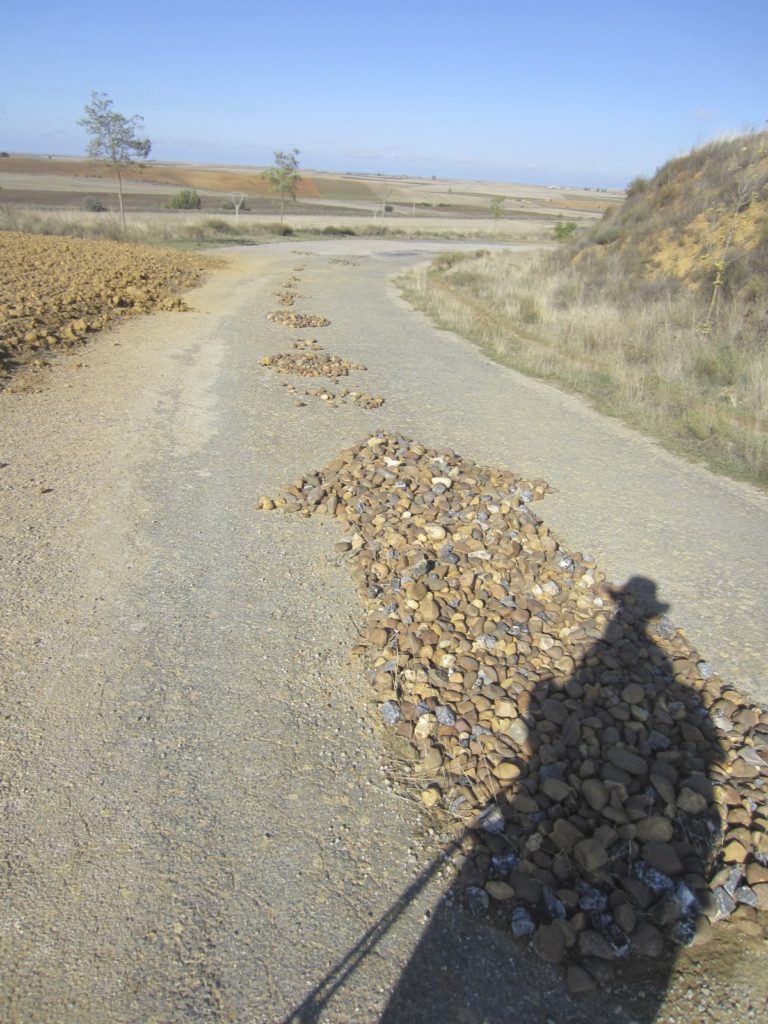
Many people walk the Camino looking for answers. They may be looking for guidance about the next stage in their life, they may be grieving the loss of a loved one, they may be trying to resolve a dilemma in their relationship, or they may be looking for a profound spiritual or religious experience. Or they may just want the head space that a long walk offers. Walking 800 KM to Santiago may or may not solve all your problems. It may give you insights that will help you along your journey in life, and it may assist you in taking that next big step or making that important decision. And it may not. However, what it will do is provide you with a wide variety of experiences that will enrich, exhilarate, unnerve, annoy, thrill, frustrate, embolden and engage you. Whatever you go looking for on the Camino, this is what you will find.
1. INCREDIBLE SUNRISES
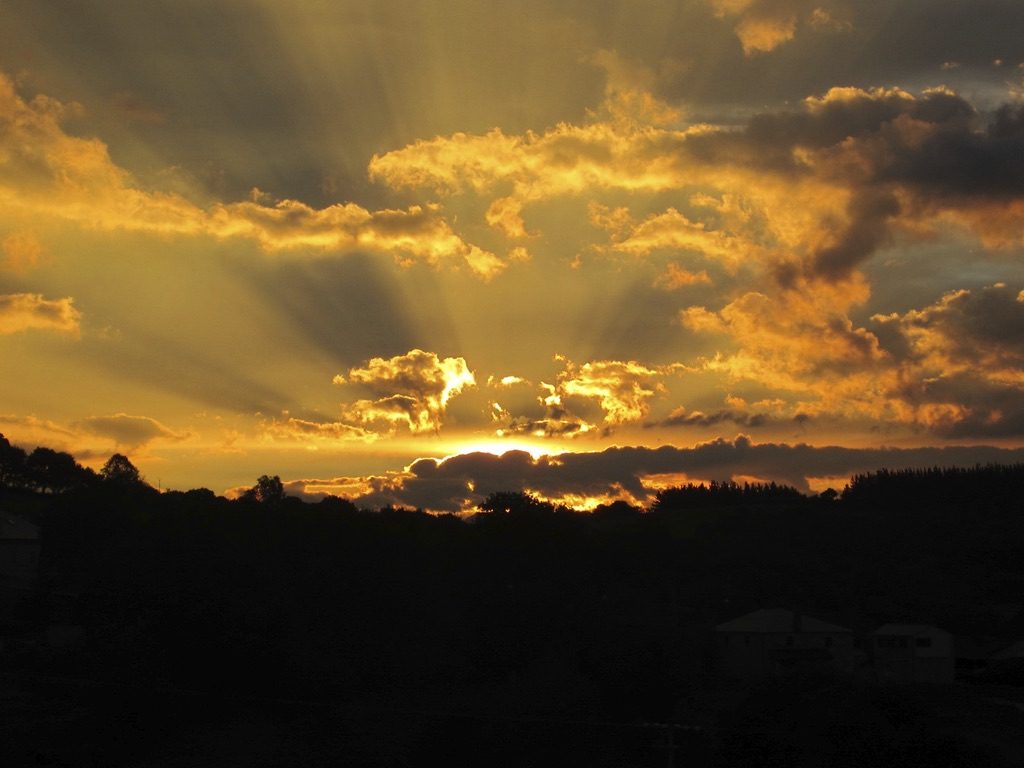
Pilgrims get to witness the most glorious sunrises. As you begin your daily journey early in the morning – the albergues normally close at 8 am – you get a chance to see the most spectacular shows that nature has to offer. In our normal lives the sun rises and sets in the same spot everyday, but when we’re on the Camino we can see the same phenomenon in the vineyards of La Rioja, the plains of Castilla Y Leon, and in the lush countryside of Galicia. Each sunrise is a natural wonder, and a gift to be savoured. It is one of the great wonders of the Camino. Treasure each one, just don’t stare at it.
2. STUNNING VISTAS
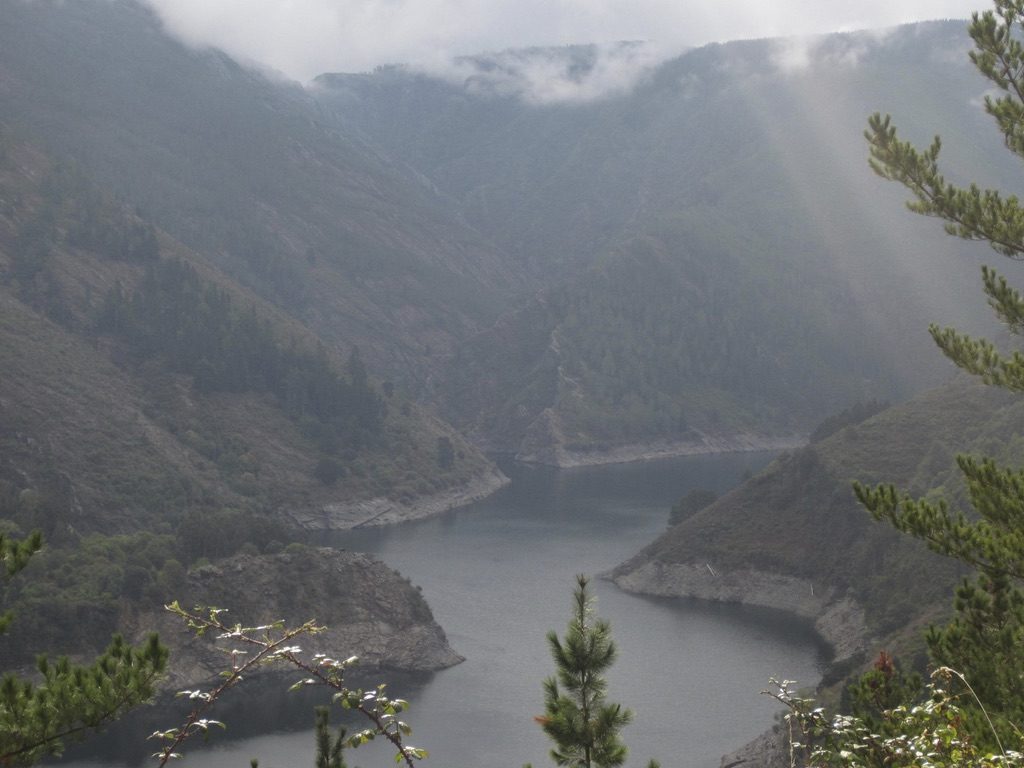
Whichever path you walk to Santiago, you will be greeted with stunning vistas, amazing landscapes, and beautifully designed buildings. Whether it is the rolling mountains and meadows of the Pyrenees, the flat emptiness of the Meseta or the eucalyptus forests on the Camino Frances, or the hills, woods and beaches on the Camino del Norte, everyday you will discover something new and unique. Some days the scenery will take your breath away (especially if you have to climb up 800 metres to see it), other days it will be more modest. But there will always be something to catch your eye.
3. CHALLENGING TIMES
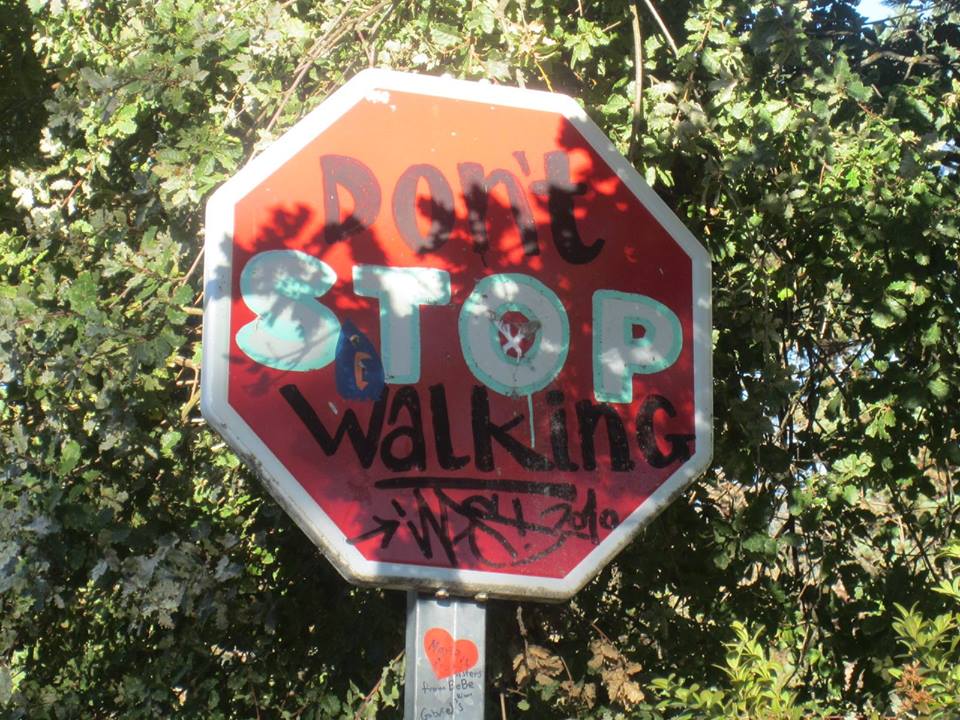
A long pilgrimage will bring many tests of character. The requirements of walking 20, 30 or more kilometres per day will invariably place a lot of demands on your body, and if you stay on the road for a month or more it will test your psychological limits as well. The weather can range from horribly hot, to horrifically wet. The food could be delicious and nutritious, or merely the bare sustenance. You might sleep like a baby, or you may be kept awake by the international chorus of snorers. And you could be one of those unfortunate people that are prone to being attacked by bedbugs. The Camino will demand a lot from you, but whatever challenges arise the response is always the same: just keep walking.
4. FEET OF FLAMES
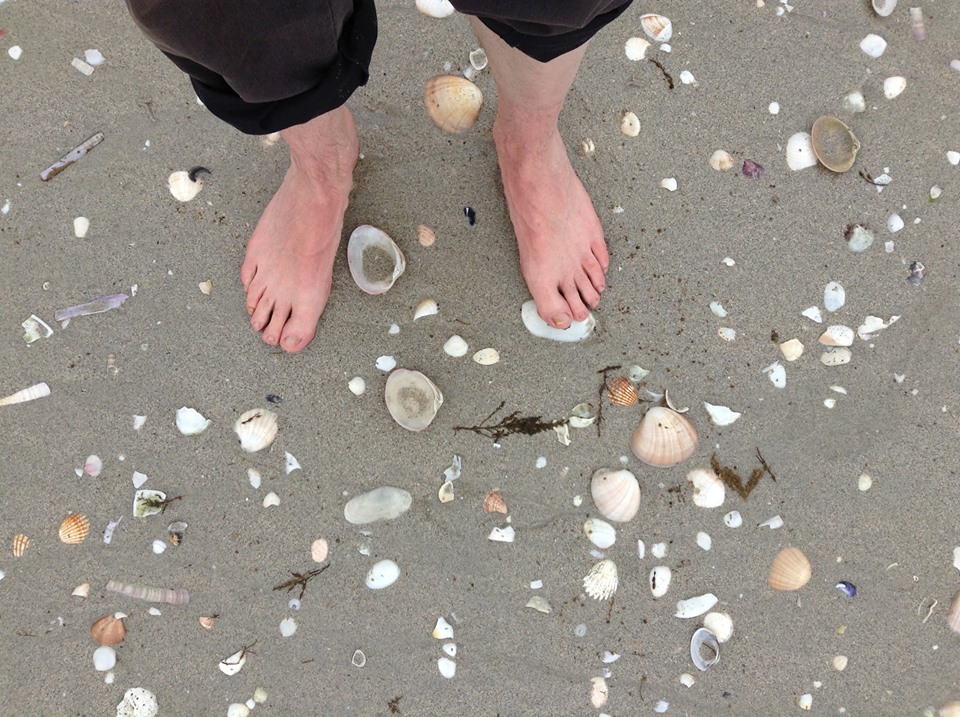
It is rare the pilgrim who doesn’t acquire a level of knowledge about feet that would help them qualify as a chiropodist. The list of foot aches, pains and symptoms that befall all but the most fortunate walkers is far too numerous and disgusting to be listed here, but suffice to say everyone will encounter some troublesome issue. Look after your feet. They’re the only ones you have, and without them you’re not going to make it to Santiago.
5. GOOD FOOD
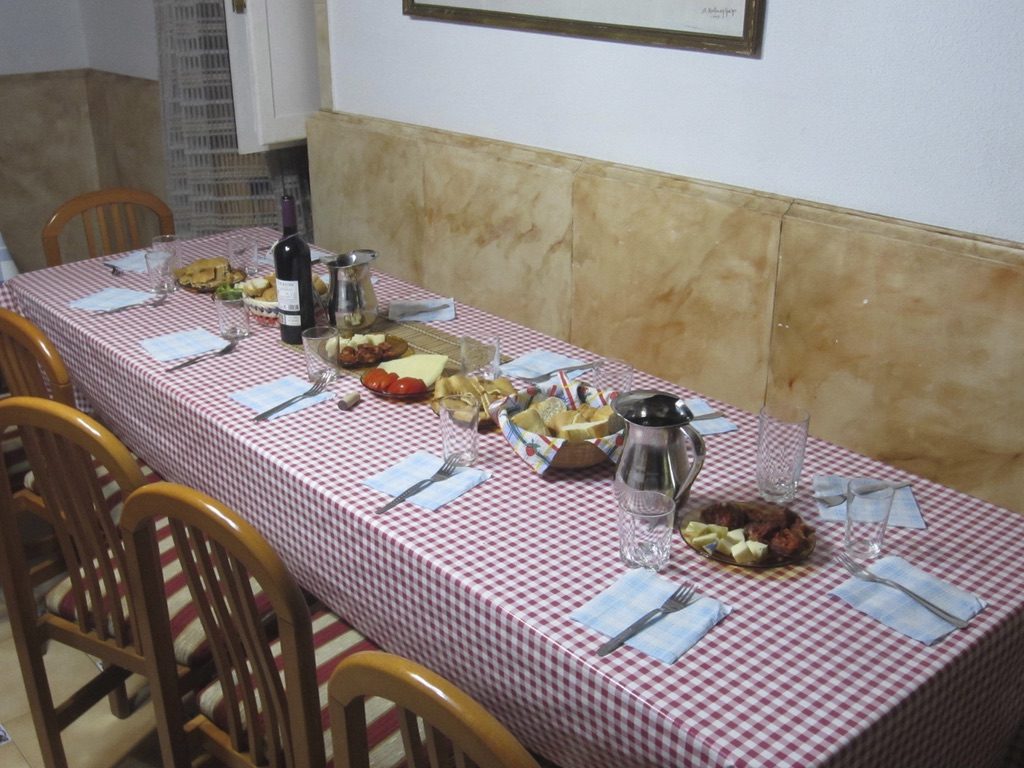
The different caminos pass through many regions of Spain, and each has their own distinctive cuisines. Jamon, paella, merluza (hake), chorizo and tortilla are staples of the Spanish diet wherever you go, but be sure to sample Caldo Gallego, a broth of vegetables, beans and meat that is native to Galicia, pulpo (octopus), and the delicious tarta de Santiago (almond cake), which are particularly popular along the last 100 KM. Many Spanish restaurants offer a menu del dia or menu del peregrino for €10 or less. This consists of a starter, main course, desert, plus water, wine and bread. You should be well fed after this.
6. WILD LIFE
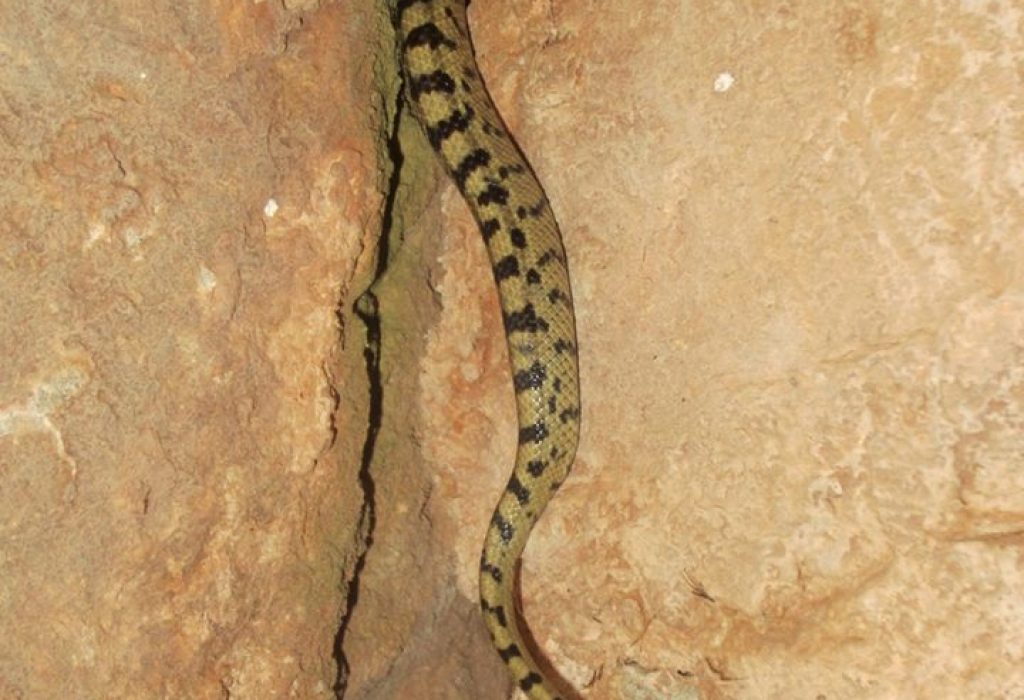
In the wilds of Spain it is not uncommon to encounter anything from snakes (usually harmless) to deer to wild boar. Lizards abound with abandon, and there are enough species of birds about to keep an ornithologist in their element and to populate the set of an Alfred Hitchcock film. You’ll also pass near a lot of farms, so cows, sheep, pigs and horses will be a part of your daily encounters. Donkeys too, and one of them tried to eat my walking sticks. Enjoy your encounters with the wildlife but take care as well. You’re on their turf after all.
7. DOGS
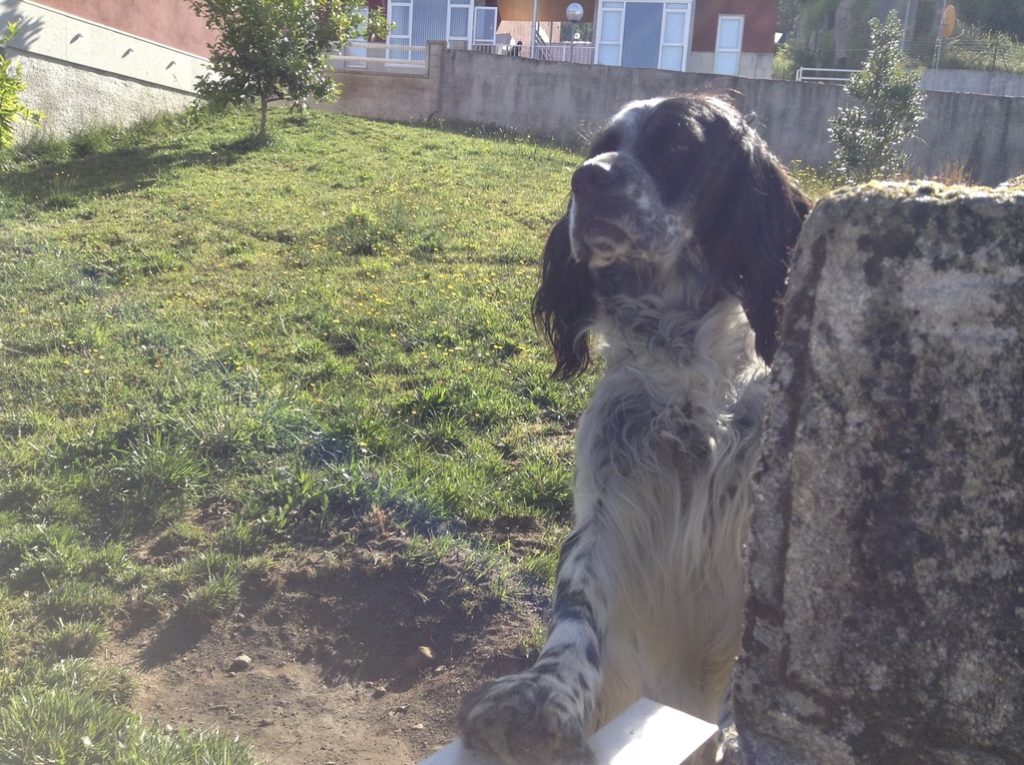
Lots of dogs live along the caminos. Some angry ones are thankfully behind fences. Some angry ones are occasionally not behind fences. Others will greet you like a long lost friend. A few may want to follow you on your travels. (Don’t encourage this as they can get lost). Particularly clever dogs know where pilgrims stop to take their breaks, and will look on plaintively in the hope that they’ll get fed. If you walk the same route more than once, some of those dogs may even remember you from previous encounters. Always say hello to the dogs you meet on the way, as they are the real guardians of the camino.
8. CONFUSION
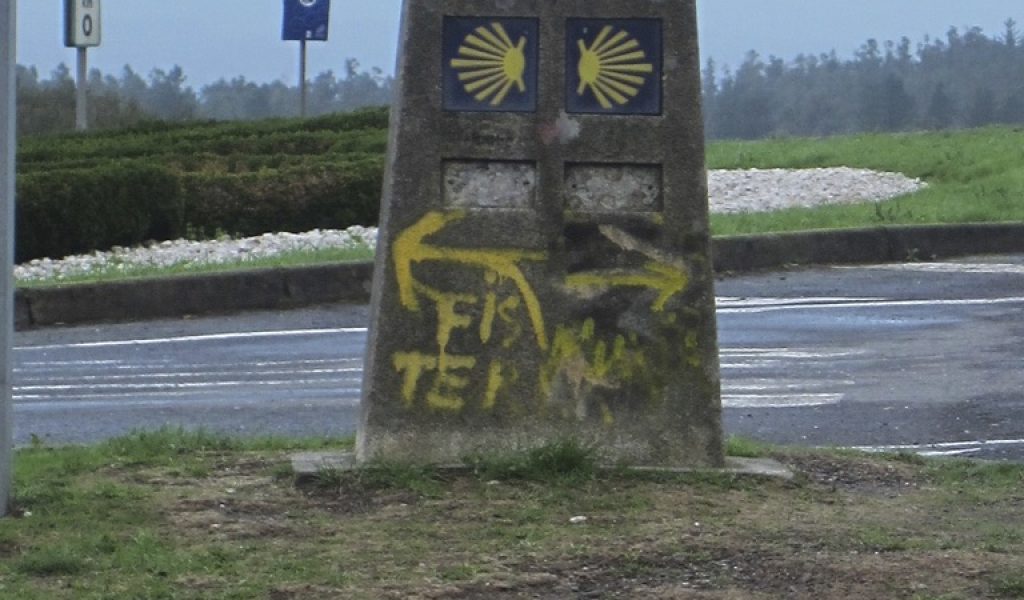
There are times when you’ll get lost, or be unsure about the way. Then again, being lost and unsure of the way are two of the main reasons for walking the Camino in the first place. Friendly locals will always point you in the right direction. If there’s no one about, find where the sun is and get your bearings from there. Remember, no matter how far you stray from the path, you’ll almost always find your way back. You’ll invariably have some interesting adventures when you lose your way.
9. INCREDIBLE ARCHITECTURE
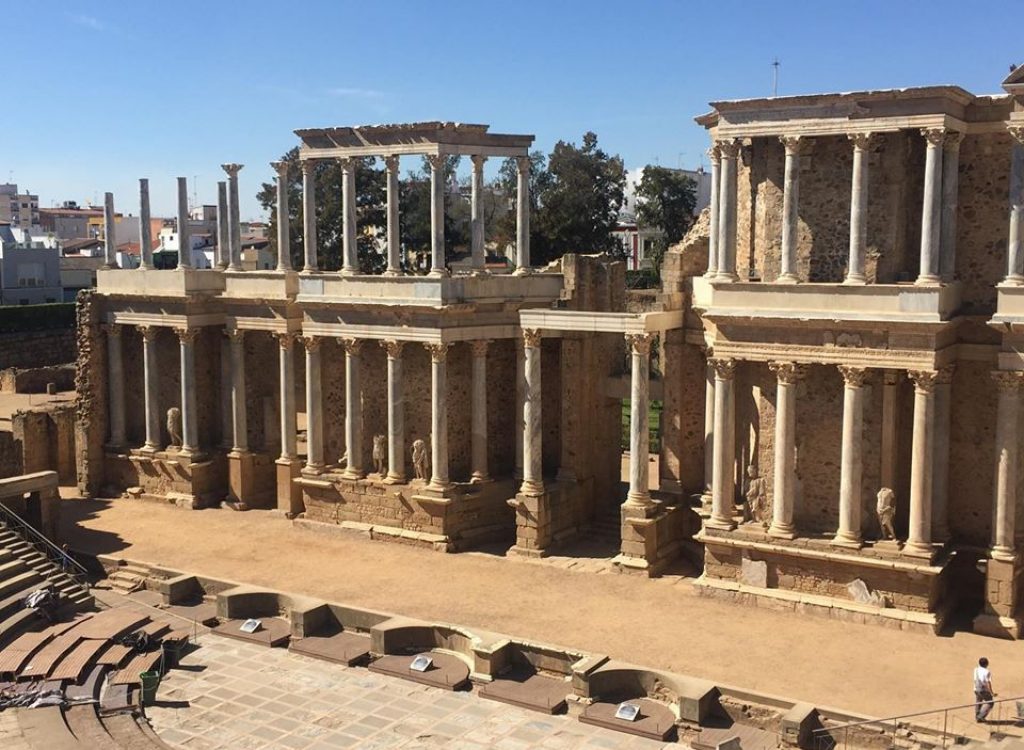
On each of the caminos there is a fascinating array of old and new architectural styles. Awe inspiring Gothic cathedrals abound in Seville, Burgos, Leon and Oviedo, exquisite Romanesque churches are to be found all along the Camino Francés, and ancient Roman ruins are evident on stretches of the Via de la Plata. For something completely different, visit the town of Comillas in Cantabria along the Camino del Norte, where you can see some early works by Gaudi. Samples of his genius can also be seen in Leon and Astorga. Whichever path you take, there is loads of architectural eye candy to behold.
10. TEMPERAMENTAL WEATHER
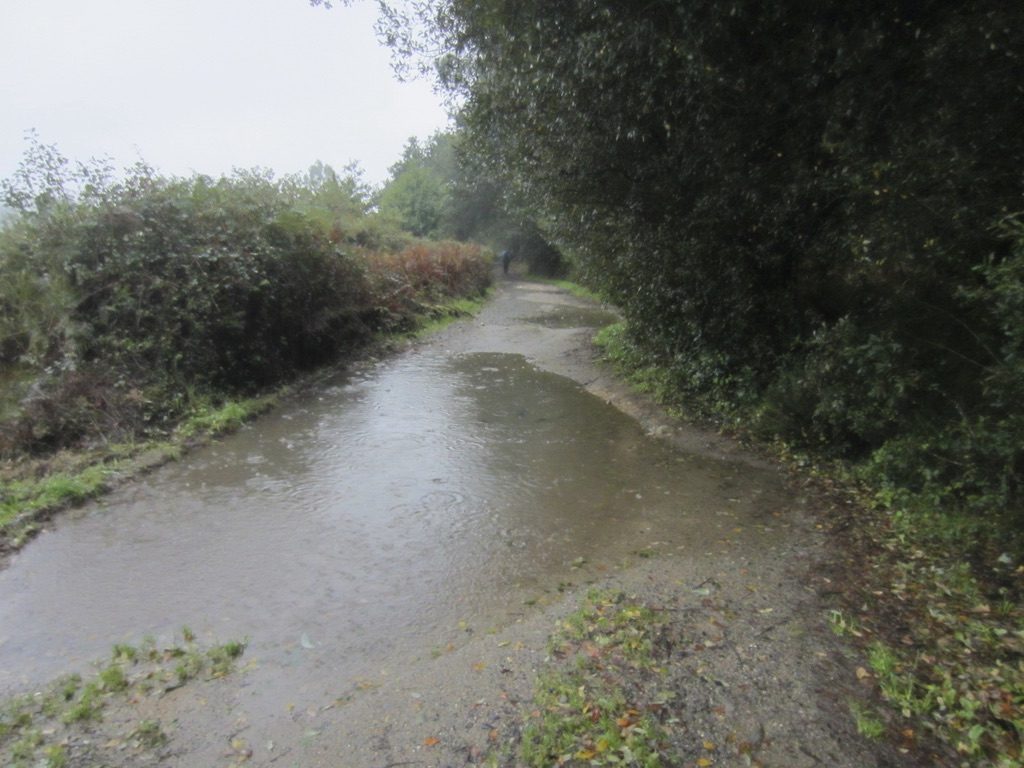
Spain is a land of sandy beaches and constant sunshine. Right? Wrong! Spain can be a land of intense heat, but it can also be a land of bitter cold, occasional blizzards, and apocalyptic rain that would make even ducks despair. If you go anywhere near Spain in the summer months be prepared to be burnt to a frazzle. Drink water by the bucket to prevent dehydration, and lather yourself up with layers of suncream to avoid being turned into a Sunday roast. The plains of Spain on which the rain is mainly found are baking hot in the summer, and often perishingly cold in the autumn and winter. It does experience its fair share of rain, but it is Galacia where the Spanish rain is mainly to be found. Be prepared to be so inundated with deluges in these parts that it might be easier to swim to Santiago than walk. Make sure you have good waterproof gear as you are almost guaranteed to get a few royal soakings.
11. WONDERFUL PEOPLE
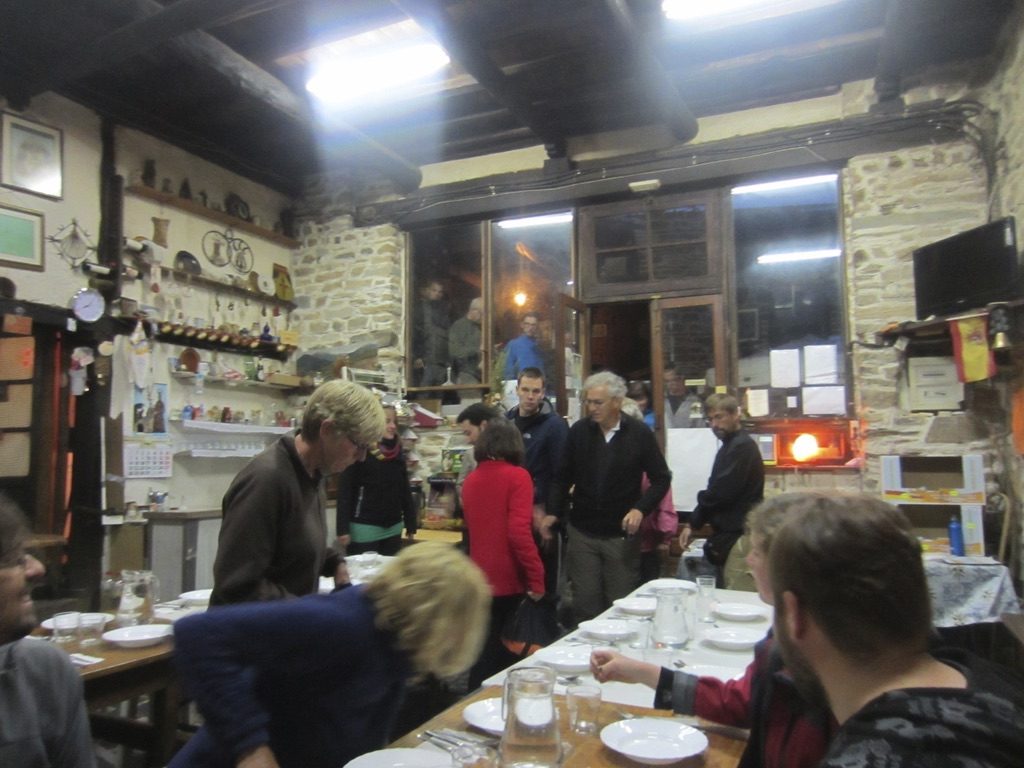
The camino is really all about the people you meet. If you start a day earlier or later you will have an entirely different experience, but you will definitely meet people who will have a transformative influence on your life. You may simply share a meal or a portion of a walk with a fellow traveller, while with others you may follow the whole camino. These will be the people who will get you through the rough days, when the prospect of walking for hours can seem like torture, and they will be your friends with whom you can chat and joke at the end of a long day. If you’re really lucky some of these people can remain a part of your life after your pilgrimage ends.
AND FINALLY... YOURSELF
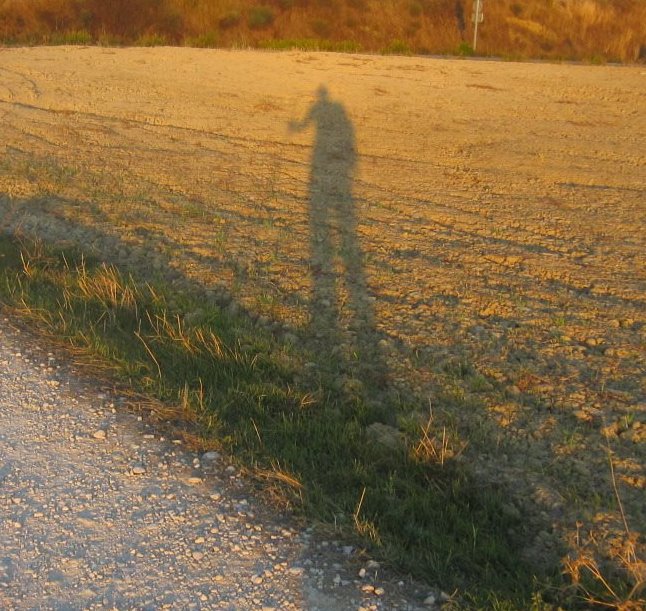
This one is pretty important. You won’t necessarily solve all your problems or find all the answers by the time you reach Santiago. In fact you almost certainly won’t. Most people believe that they will have all of life’s mysteries figured out by the time they reach the tomb of the apostle only to be disappointed. The real journey only begins after you reach Santiago. Solutions to the dilemmas you may have pondered along the way will become more apparent in the weeks and months after the physical journey has concluded. The words of wisdom from your fellow travellers and the lessons learned from the walk will filter into your subconscious and plant the seeds from which your future being will grow. I once met a guy who had recently finished the Francés and he expressed frustration that it hadn’t changed his life. “Wait a while.” I said.
Great post.